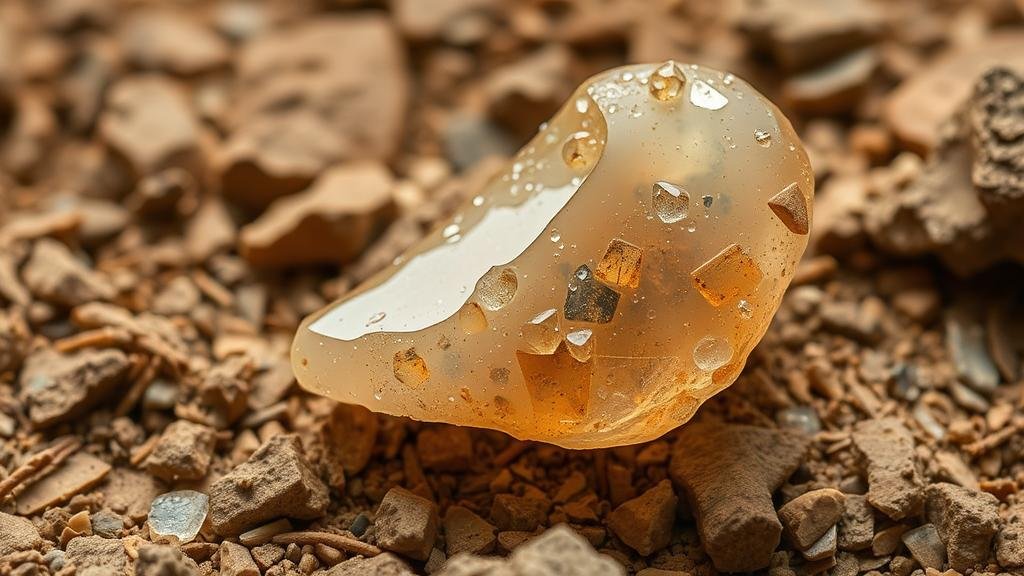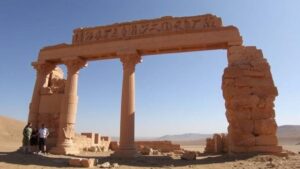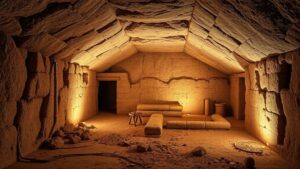Unearthing the secrets of desert glass: remnants of ancient catastrophic events.
Unearthing the Secrets of Desert Glass: Remnants of Ancient Catastrophic Events
Desert glass, often referred to as tektites, has intrigued scientists and enthusiasts alike due to its mysterious origins and striking beauty. Formed under extreme conditions, this glass offers a unique glimpse into the planets cataclysmic events and geological history. The primary deposit of such glass, particularly the famed Libyan Desert Glass, provides vital evidence of the dramatic interactions between celestial phenomena and the Earth’s crust.
Understanding Desert Glass
Desert glass is created when silica sand is subjected to the intense heat generated by high-velocity impacts. term tektite refers to natural glass that has been formed from terrestrial debris ejected during a meteorite impact. These glassy remnants can vary in appearance, typically displaying a yellow to greenish hue and often forming in irregular shapes.
The Libyan Desert Glass: A Case Study
One of the most notable locations for desert glass is the Libyan Desert in North Africa. This glass, dated to approximately 26 million years ago, is believed to have formed as a result of a meteor impact. area known as the Great Sand Sea, where vast quantities of this glass are found, stretches for hundreds of kilometers and serves as a testament to the ancient catastrophic events.
The Significance of the Libyan Desert Glass
Research indicates that the formation of Libyan Desert Glass may coincide with the significant impact event that occurred during the late Miocene epoch. Some studies suggest that its composition shows similarities to that of the core of the Earth, which has led to theories about the planetary effects of such high-energy impacts on the environment.
- Estimated age: 26 million years
- Location: Great Sand Sea, Libyan Desert, North Africa
- Composition: Primarily silica, along with trace impurities
Other Notable Locations of Desert Glass
Also to the Libyan Desert, other regions across the globe have also revealed significant deposits of desert glass. These include:
- Socotra Island, Yemen: Features various types of natural glass, which exhibits diverse colors and forms.
- Texas, USA: The states Black Glass, encountered near the Volcanic Terrane, also showcases the effects of geological activity.
Formation Processes: The Science Behind Desert Glass
The processes that lead to the formation of desert glass can be likened to someone quickly heating sand to the point of melting, akin to how glass is made in factories. When a meteorite strikes the Earth’s surface, it releases enormous amounts of energy, often exceeding thousands of degrees Celsius. This intense heat can overcome the thermal inertia of sand, resulting in rapid melting, followed by an equally rapid cooling process that forms amorphous glass.
Unveiling the Mysteries: Research and Discoveries
Scientists continue to explore desert glass for a better understanding of the historical events surrounding its formation. Research indicates that the isotopic composition of desert glass can unveil information about its origin and the conditions surrounding its creation. For example, isotopic studies can suggest whether the glass was formed solely on Earth or influenced by extraterrestrial materials.
Key Findings
- Studies have shown desert glass can contain small amounts of extraterrestrial iridium, suggesting a cosmic origin.
- Analysis of the glass reveals its potential to act as geologic timelines for understanding impact events throughout Earths history.
Real-World Applications of Desert Glass
Desert glass isnt just a subject of academic inquiry; it has practical applications in various fields. For example, the unique properties of glass have fascinated jewelers, leading to the creation of stunning jewelry pieces. Also, its potential in the field of high-temperature materials serves as a basis for future advancements in engineering and manufacturing.
Conclusion: The Legacy of Desert Glass
Desert glass represents more than just nature’s artistry; it encapsulates critical evidence of Earths dynamic history. Understanding its origins can shed light on past climatic conditions and celestial events, providing a comprehensive perspective of the planets geological activity. As research in the field continues to evolve, the secrets of desert glass will undoubtedly lead to new discoveries regarding our past, helping us understand the future.
In summary, exploring desert glass provides an exciting intersection of geology, astronomy, and art. Whether you are a scientist, a collector, or an amateur enthusiast, the allure of these glassy remnants offers insights into both Earths tumultuous past and the beauty of its formations.



